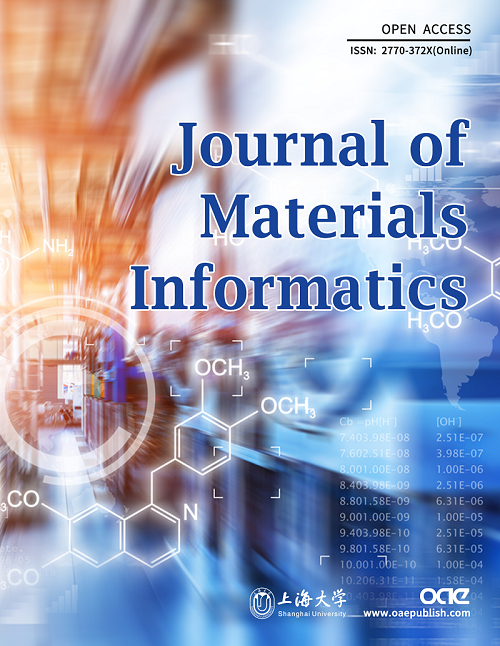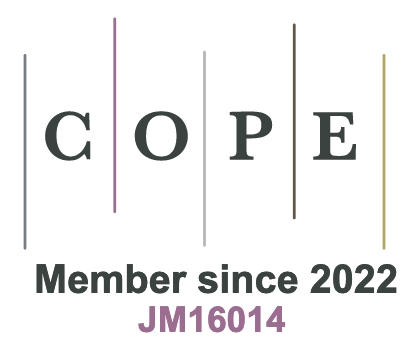fig9
Figure 9. System energy evolution with respect to the stress intensity factor, reflecting the different mechanisms of dislocation nucleation at the crack tips in FCC metals, along with the thermo-kinetic variations during dislocation emission. (A) Nucleation mechanism of the crack-tip dislocation, where the nucleation energy is required to overcome the step formation energy Estep, and subsequently the energy dissipated by the formation of SF zone increases with increasing the width w of SF zone; (B) Nucleation mechanism of the back twinning dislocation, where there is no new surface formation and the intercept of energy axis remains unchanged, although the slope of nucleation energy curve increases with the potential barrier for dislocation nucleation; (C) Nucleation mechanism of the forward twinning dislocation, where there is a new crack surface formation; thus, the nucleation potential barrier requires a surface energy contribution, while the growth rate for dislocation nucleation energy remains the same as that for the back twinning dislocation. Note that the red and blue dashed lines represent the contribution of the nucleation potential barrier as resistance to system total energy, and the contribution of the energy release rate as driving force to system total energy, respectively; (D) System energy evolution with respect to stress intensity factor under Mode I loading conditions, where the dashed line represents the hypothetical situation by assuming the crack tips without dislocation emission and propagation, and the solid line represents the practical situation scenario that there are dislocation emission and propagation at the crack tips. Two peaks appear in the amount of system energy dissipation curve, which corresponds to mechanism transition of dislocation nucleation at the crack tips. Appearance of the first peak indicates the dislocation emission at the crack tips transforming from the first stage (i.e., the initial dislocation nucleation mechanism) to the second stage (i.e., the back twinning dislocation nucleation mechanism), while that of the second peak indicates that dislocation emission steps into the third stage (i.e., the forward twinning dislocation nucleation mechanism). FCC: Faced-centered cubic; SF: stacking fault.









